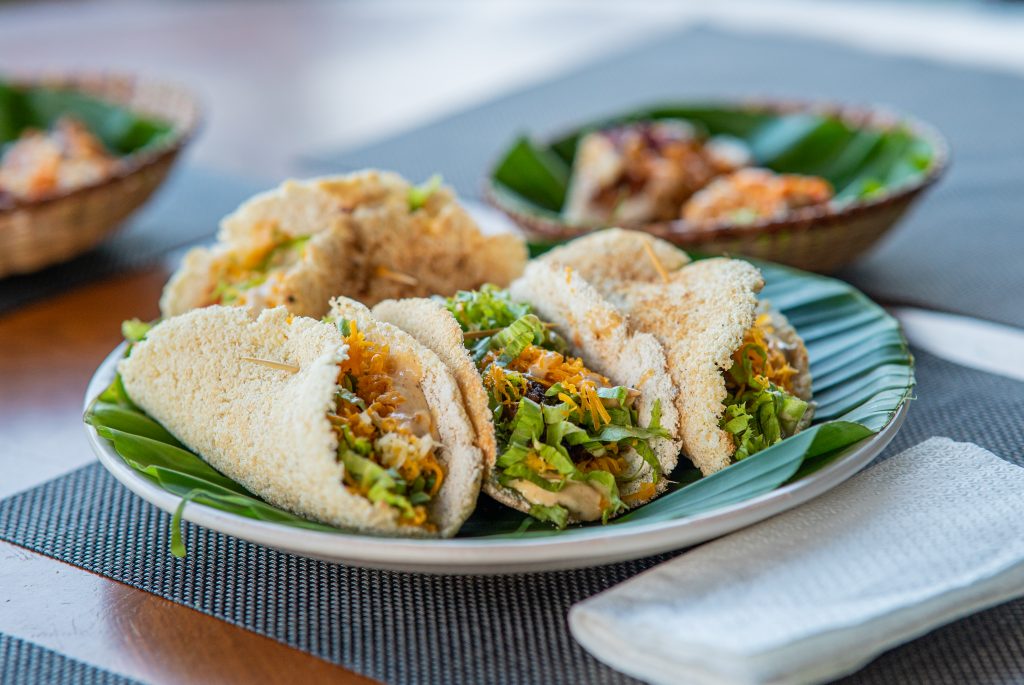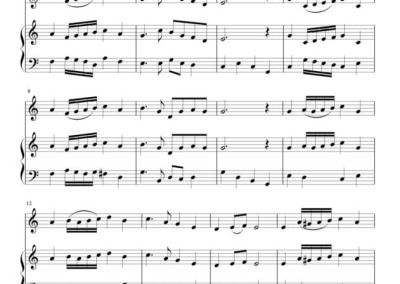c3000 BC: Stone age tribes, the Igneri from the Orinoco, first populate our island.
c1000 AD: Kalinago (Island Caribs) moving up through the island chain become dominant, and give the island the name of Wai’tukubuli, meaning ‘Tall is her body’
1493: Colombus visits the island and names it Dominica.
1627: Dominica and other islands were granted by patent to the Earl of Carlisle who was a Proprietor.
1748: Pressure from France led to the Treaty of Aix-La Chapelle which forced the British to give up claims to the islands of the 1627 Patent including Dominica.
1763: Dominica was ceded to Britain by the Treaty of Paris. The Royal Proclamation establishes “Government of Grenada” with jurisdiction over Grenada, the Grenadines, St. Vincent, Tobago and Dominica – one Governor and one Legislature for the group.
1768: Separate Legislative Assembly established in Dominica.
1778: The French repossessed Dominica. The Legislative Assembly continued to function as usual.
1783: The French returned Dominica to Britain by the Treaty of VersailHes.
1784: Governor Orde convenes Assembly to deal with internal Maroon revolt.
1831: Full political and social rights granted to free non whites.
1832: Coffee constituted 32 per cent of the value of Dominica’s exports. 1833 Dominica grouped in the Leeward Islands administrative union under one Governor.
1832: Coffee constituted 32 per cent of the value of Dominica’s exports.
1833: Dominica grouped in the Leeward Islands administrative union under one Governor.
1838: Mulatto Ascendancy form a majority in House of Assembly of Dominica, the first in the British West Indies.This was under the leadership of the flambouyant, self-educated newspaperman George Charles Falconer.
1865: Crown colony government had been instituted by the Dominican Legislature.
1871: Administrative union of the Leeward Islands converted to a constitutional Federation – with a federal Executive Council nominated by the Governor and a federal Legislative Council consisting of ten (10) nominated members and ten (10) elected members elected by the unofficial members of the legislatures of the member islands. Dominica administered by a President (later titled “Commissioner” and subsequently “Administrator”).
1898: Crown Colony Rule is introduced in Dominica with Sir Hesketh Bell as its first Administrator.
1922: The Wood Commission visits and makes possible the election of four (4) members to unofficial side of legislature.
1932: The Closer Union Commission further weakened Crown Colony Rule and set the basis for the West Indies Federation of 1958.
1938: The Moyne Commission visits and makes possible union and party formation in Dominica.
1940: Dominica withdrawn from the Leeward Islands con stitutional Federation and placed in the Windward Islands Administrative Union.
1945: First Trade Union formed in Dominica, the Dominica Trade Union.
1951: Universal Adult Suffrage introduced, replacing property-ownership or payment of taxes as qualifications for voting. Qualification for membership on the Legislative Council reduced. Legislative Council with a clear elected majority established – consisting of two (2) ax-officio, three (3) nominated and eight (8) elected members, with Administrator having a casting vote.
1955: Ministerial system introduced. The Legislative Council remained unchanged, but a fourth elected member was included in the Executive Council – three of whom were appointed Ministers on a majority vote of elected nominated members of Legislative Council and removable on majority vote of whole Legislative Council. One (1) ex-officio member was added but the official member was to be appointed only if requested by Executive Council. The First Representative Party was formed – The Labour Party of Dominica.
1956: The British Caribbean Federation Act 1956 was passed enabling Her Majesty in Council to provide for the Federation of the West Indian Colonies of which Dominica was one.
1957: Dominica had its first Chief Minister. The Second Representative Party was formed – The Dominica United Peoples Party. The West Indies Federation was constituted under the West Indies (Federation) Order in Council 1957 which was brought into operation in Dominica on the 3rd day of January, 1958 by the West Indies (Federation) (Commencement) Order in Council 1957.
1962: With the dissolution of the Federation by the West Indies Act 1962, Dominica was restored to its original status.
1967: Dominica granted Associated Statehood – virtual independence, with Defence and External Affairs in the hands of the U. K. Government. Dominica had its first Premier. New Constitution sets up legislature consisting of eleven (11) elected, three (3) nominated and an ex-officio member (the Attorney General if a public officer) and the Speaker of the House of Assembly (if not a member of the House).
1978: Full independence attained under a republican Constitution. Unicameral legislature consisting of twenty-one (21) elected and nine (9) nominated members – with a Prime Minister (Patrick John) and Cabinet based on the Westminster model. 1979 Hurricane David devastates the island.
1980: Eugenia Charles replaces Patrick John as Prime Minister, becoming first female prime minister in the Caribbean.
1981: Two coup attempts; Patrick John tried and acquitted. 1985 Patrick John retried and found guilty – sentenced to 12 years imprisionment. 1993 Eugenia Charles resigns as DFP leader but continues as prime minister.
1995: United Workers Party (led by Edison James) win general election with 11 seats. Freedom and Labour parties both take 5 seats. (Full results) Eugenia charles retires from politics after 27 years.
2000: Close general election. (Full results) Labour and Freedom parties form coalition.
2000 October: Rosie Douglas, Labour Party leader, dies. Pierre Charles becomes new party leader.
2001: International Monetary Fund called in. 2002 Govt. implements 4% ‘Stabilization Levy’ tax to tackle the financial crisis.
2003 May: Caribs celebrate 100th anniversary of the founding of the Carib Reserve. June: austerity Budget sees public sector job cuts.
2003 Oct: Mr. Nicholas Liverpool becomes next President.
2003 Nov: Dominica celebrates 25th anniversary of Independence.
2004 Jan: The Honourbale Pierre Charles passes away suddenly at 7:45pm Jan 6th following health concerns. Roosevelt Skerrit named new Prime Minister.
2004 March: Dominica establishes diplomatic ties with the People’s Republic of China, prompting Taiwan to end ties with Dominica.
2004 June: PM Skerrit presents his first budget as PM, and declaring that the economy has turned the corner, announces the end of the Stabilisation Levy.
2005: Election fever grips the island. The filming of Pirates of the Caribbean 2 & 3 is a major boost to the economy in the early part of the year.
2005 May 5th: PM Skerrit leads the Dominica Labour Party to a General Election victory. September 6th: Dame Eugenia Charles, former PM, passes away.
2006: Value Added Tax is introduced. IMF commends Govt. on implementation of its economic programme. NDC launches new website as part of major re-branding of tourism product.
2007 Feb: President Hugo Chavez of Venezuela pays visit to Dominica as part of deepening ties between the two countries. The CBS reality TV show ‘Pirate Master’ is filmed in Dominica in early 2007 and aired in summer.
2007 October 24th: new national sports stadium officially opened.
2008 July: Budget responds to world food price crisis by reducing taxes on some foods. Income tax reduced by 2%.
2009: December 18: Dominica Labour Party wins General Election in a landslide victory, with 18 seats vs 3 seats for the Opposition UWP. Dominica Freedom Party win no seats. Honourable Roosevelt Skerrit remains Prime Minister of Dominica.
2012 September 17: Mr. Eliud Williams becomes Dominica’s seventh President of Dominica as Dr. Nicholas Liverpool steps down.
2014 December 8: Dominica Labour Party wins General Election with 15 seats vs 6 seats for the Opposition United Workers Party (UWP). Honourable Roosevelt Skerrit (pictured above) remains Prime Minister of Dominica.


























